What Time of Day is Best for Fishing in US Angling Hotspots
Fishing success isn’t just about location and technique—timing plays a crucial role in determining whether you’ll return home with a prized catch or just a story about the one that got away. Across America’s diverse waterways, fish behavior follows predictable patterns influenced by light, temperature, feeding habits, and seasonal changes.
Understanding these rhythms can dramatically improve your chances of landing that trophy fish. Whether you’re casting a line in Florida’s emerald coastal waters, Montana’s rushing streams, or Michigan’s serene lakes, knowing the prime fishing hours for your specific location and target species can be the difference between frustration and fulfillment. This comprehensive guide explores the optimal fishing times across America’s most popular angling destinations, helping you plan your next fishing adventure for maximum success.
The Science Behind Fish Activity Patterns
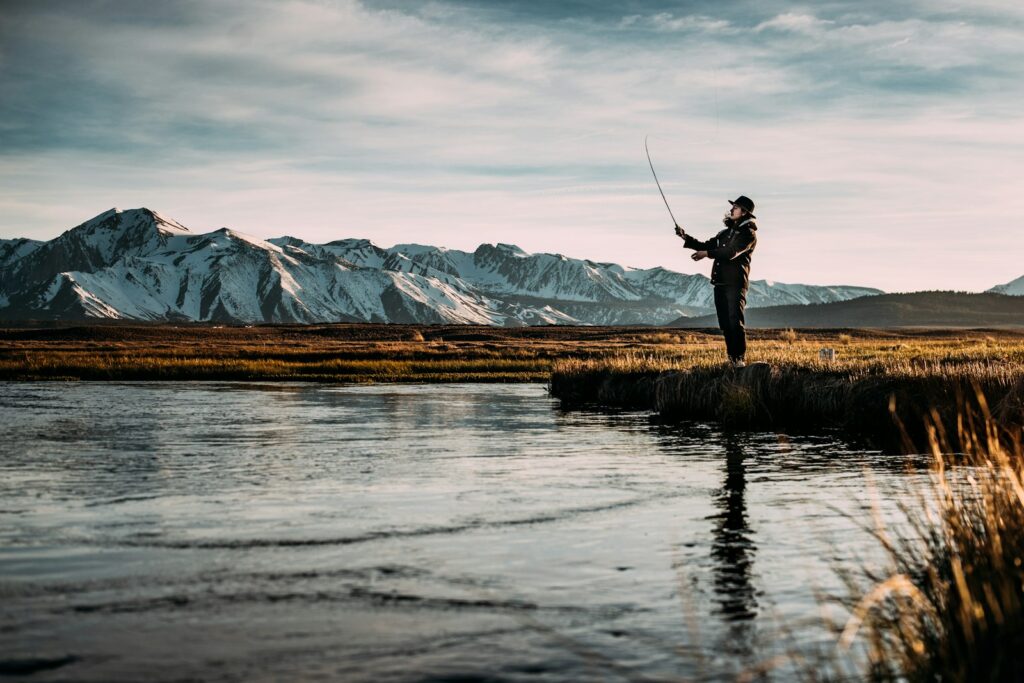
Fish behavior follows natural circadian rhythms influenced primarily by light levels, water temperature, and feeding instincts. During low-light conditions—dawn and dusk—many species become more active as they feel protected from predators while hunting for food. Water temperature plays an equally important role, as fish are cold-blooded creatures whose metabolism and activity levels directly respond to their environment.
In warmer months, early mornings and evenings provide the optimal temperature range when fish are most active and feeding. Seasonal patterns also influence behavior, with spring spawning activities, summer feeding frenzies, fall pre-winter bulking, and winter’s slower metabolism all creating different prime fishing windows throughout the year. Understanding these biological imperatives helps anglers align their fishing schedule with natural fish activity cycles.
Dawn: The Golden Hour for Most Freshwater Species
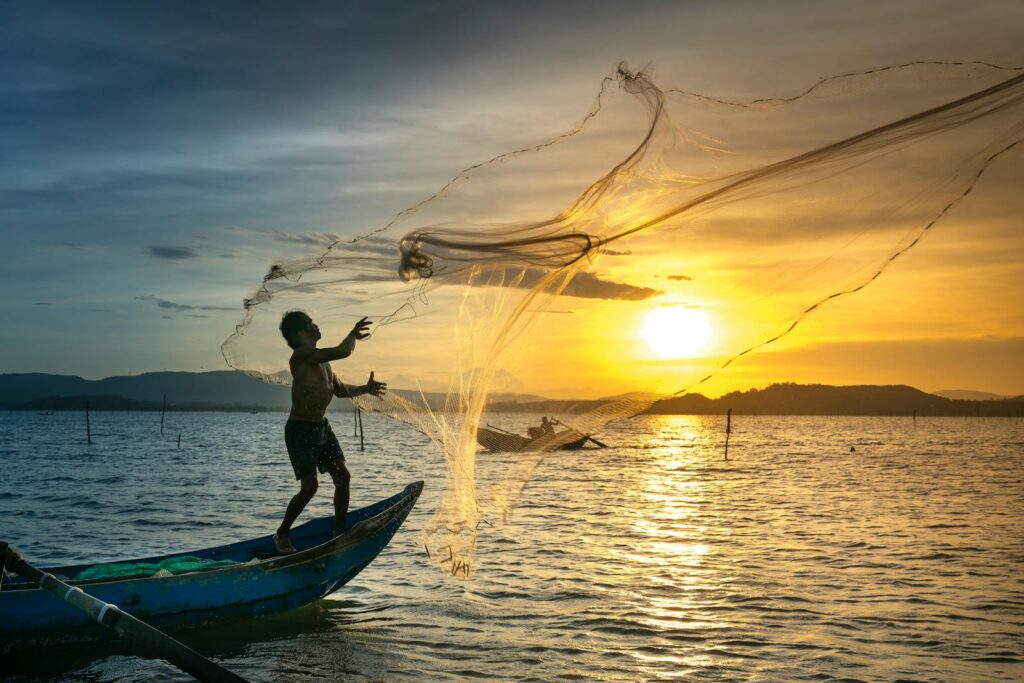
The first light of day triggers a feeding frenzy among many freshwater species, making dawn arguably the most productive time for anglers across America’s lakes and rivers. As night transitions to day, the subtle increase in light activates predatory fish like bass, pike, and walleye, while providing enough cover for them to feel secure while hunting.
Water temperatures during early morning hours are typically at their coolest point of the day during summer months, encouraging fish to move into shallower areas where they’re more accessible to shore anglers. This period typically lasts from 30 minutes before sunrise to about two hours after, with activity gradually diminishing as brightness increases and temperatures rise. Experienced anglers often arrive before first light to set up in prime positions, knowing the dawn bite is often the most aggressive and consistent of the day.
Dusk: Prime Time for Predatory Fish

As the sun begins its descent, predatory fish across American waters prepare for their evening hunt, making dusk another prime window for anglers targeting larger species. This transition period triggers feeding instincts similar to dawn but with different dynamics—fish that have been inactive during bright midday hours venture out from deeper sanctuaries to hunt in cooling shallows.
Largemouth bass, smallmouth bass, and muskie are particularly active during this evening period, often striking topwater lures with explosive force. The fading light creates perfect conditions for ambush predators who rely on reduced visibility to surprise their prey. This golden window typically begins about two hours before sunset and can extend into early evening, especially during summer months when nighttime temperatures remain comfortable for both fish and anglers. Many experienced fishermen consider the final hour before dark to be the single most productive time for targeting trophy-sized predatory fish.
Midday Fishing: Underrated Opportunities

While conventional wisdom often dismisses midday as unproductive for fishing, this period offers unique opportunities for anglers willing to adjust their techniques and expectations. During bright, warm hours, many species retreat to deeper, cooler waters or seek shade under structure—knowledge savvy anglers can exploit by focusing on these refuge areas.
Deep-water techniques like drop-shotting, jigging near underwater structures, or targeting shaded areas beneath docks and overhanging trees can produce impressive results when most casual anglers have abandoned the water. Species like catfish, carp, and certain panfish often remain active throughout daylight hours, providing consistent action for those targeting them specifically. In cooler seasons like early spring and late fall, midday actually represents the warmest water temperatures and can trigger the day’s most active feeding period as fish metabolisms respond to the slight warming trend.
Night Fishing: America’s Nocturnal Opportunities
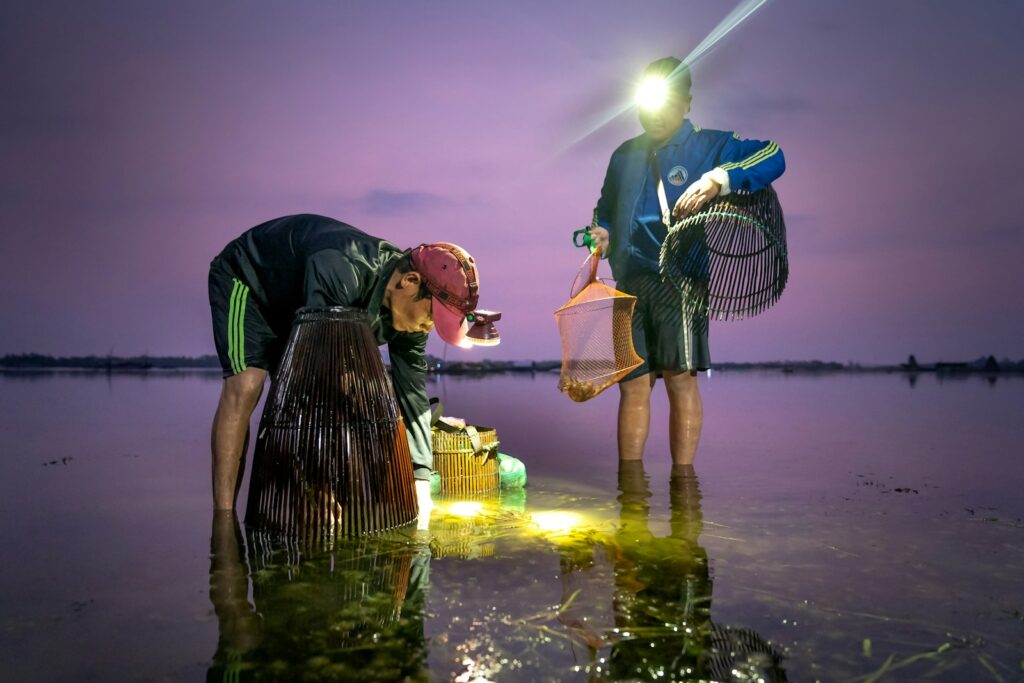
Night fishing offers exceptional opportunities for catching specific species and avoiding the crowds that dominate popular fishing destinations during daylight hours. Catfish, walleye, and striped bass are renowned for their nocturnal feeding habits, often becoming more active and less cautious after dark.
Summer nights provide particularly productive conditions as water temperatures cool from daytime highs, encouraging fish to move into shallower feeding areas that may have been too warm during daylight hours. Special considerations for night fishing include safety preparations, specialized equipment like blacklights and glow-in-the-dark lures, and a focus on noise discipline as sound travels farther across water in the stillness of night. Many trophy-sized fish are caught during these dark hours when they feel secure enough to patrol areas they might avoid during daylight, making night fishing the preferred strategy for serious anglers targeting record-breaking catches.
Seasonal Timing Considerations Across the US

Fishing prime times shift dramatically with the seasons across America’s diverse climate zones, requiring anglers to adjust their timing strategies throughout the year. Spring brings spawning activity for many species, with pre-spawn feeding frenzies often creating the year’s best fishing opportunities regardless of time of day. Summer establishes more predictable patterns with early morning and late evening becoming clearly defined prime times as fish avoid midday heat.
Fall triggers feeding urgency as fish prepare for winter, often creating excellent midday opportunities as water temperatures become more comfortable. Winter fishing in northern states shifts prime time to mid-afternoon when waters reach their daily temperature peak, while southern states may maintain more traditional dawn/dusk patterns year-round. Understanding these seasonal shifts helps anglers maximize their success by adjusting their fishing schedule to match the current biological imperatives driving fish behavior.
Florida’s Coastal Waters: Timing the Tides
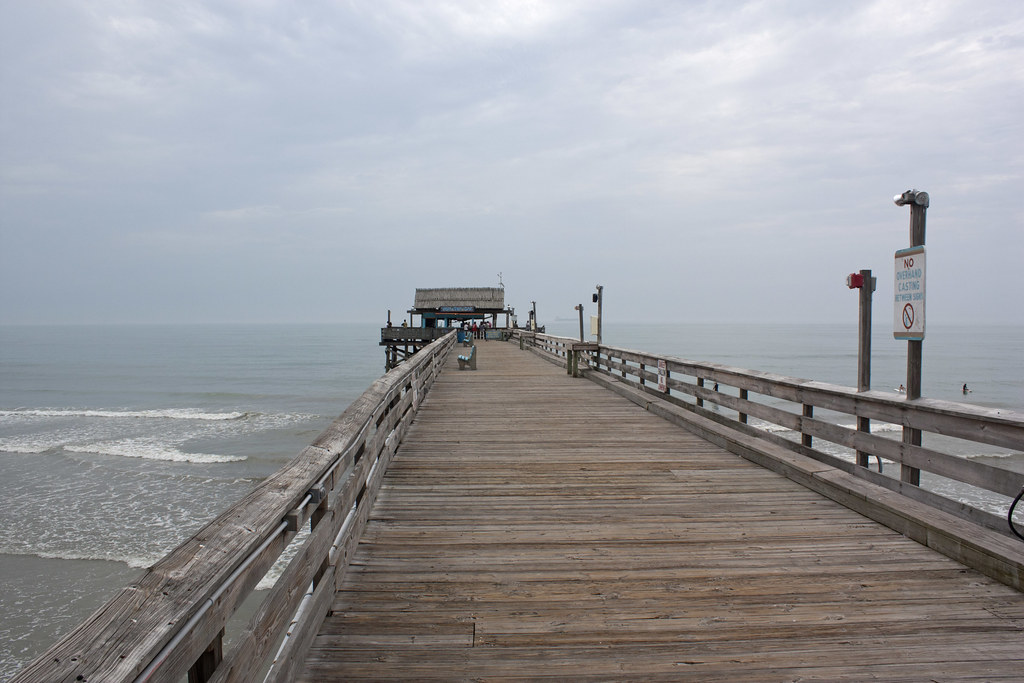
Florida’s renowned fishing grounds require a unique approach to timing, as tidal movements often trump the traditional dawn/dusk paradigm. Savvy saltwater anglers in the Sunshine State plan their expeditions around tidal charts rather than simply the clock, knowing that moving water—whether incoming or outgoing—typically triggers feeding activity among species like redfish, snook, and tarpon. The intersection of prime light conditions with strong tidal movement creates “magic hours” that experienced guides target specifically.
Early mornings remain productive year-round in Florida due to generally mild overnight temperatures, while summer evenings extend productive fishing hours well past sunset along coastal areas. Winter months shift optimal fishing windows toward midday when shallow flats warm up, drawing baitfish and their predators into areas easily accessed by anglers. Understanding this complex interplay between light, tide, and season is essential for consistent success in Florida’s diverse fishing environments.
Great Lakes Region: Timing Strategies for Trophy Fish
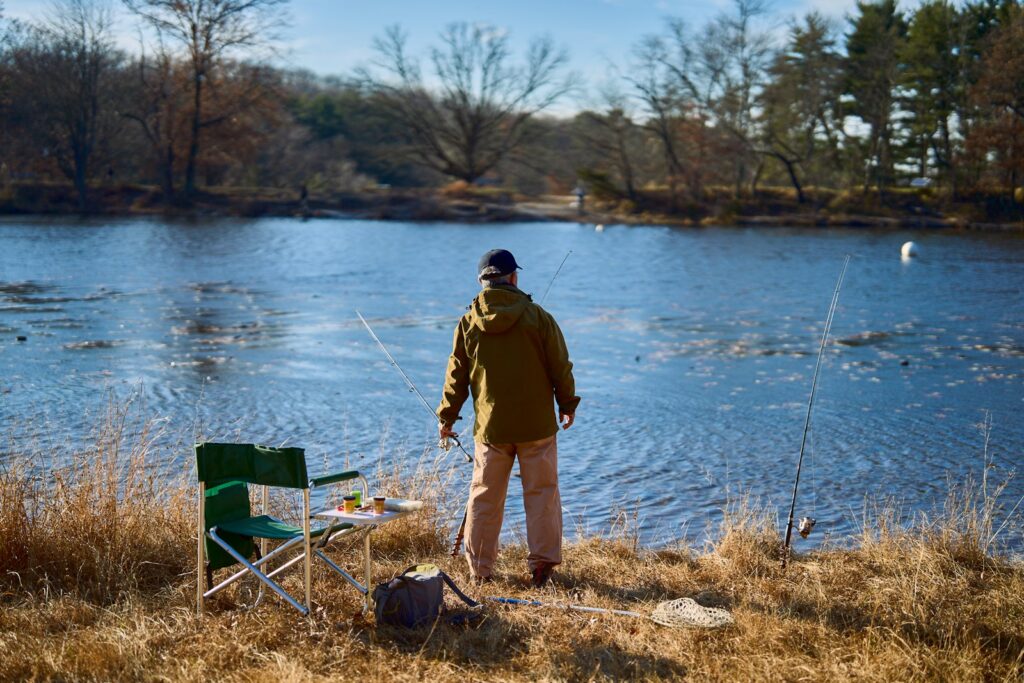
The Great Lakes region presents unique timing challenges for anglers pursuing species like walleye, steelhead, and the coveted lake trout. Early morning hours prove exceptionally productive during summer months, with the first three hours after sunrise often producing the day’s best action for walleye and smallmouth bass. Fall brings spectacular steelhead opportunities with midday fishing becoming increasingly productive as water temperatures cool and fish become more active throughout daylight hours. Winter ice fishing in this region operates on a different schedule entirely, with the warmest part of the day—typically between 11am and 3pm—often producing the most consistent action.
Spring presents perhaps the most diverse timing patterns as different species spawn at different water temperatures, creating a rolling sequence of prime fishing windows that knowledgeable anglers track closely. Regardless of season, matching your fishing times to specific weather patterns and frontal systems often proves more important in this region than rigid adherence to time-of-day rules.
Western Mountain Streams: High Altitude Timing Tactics
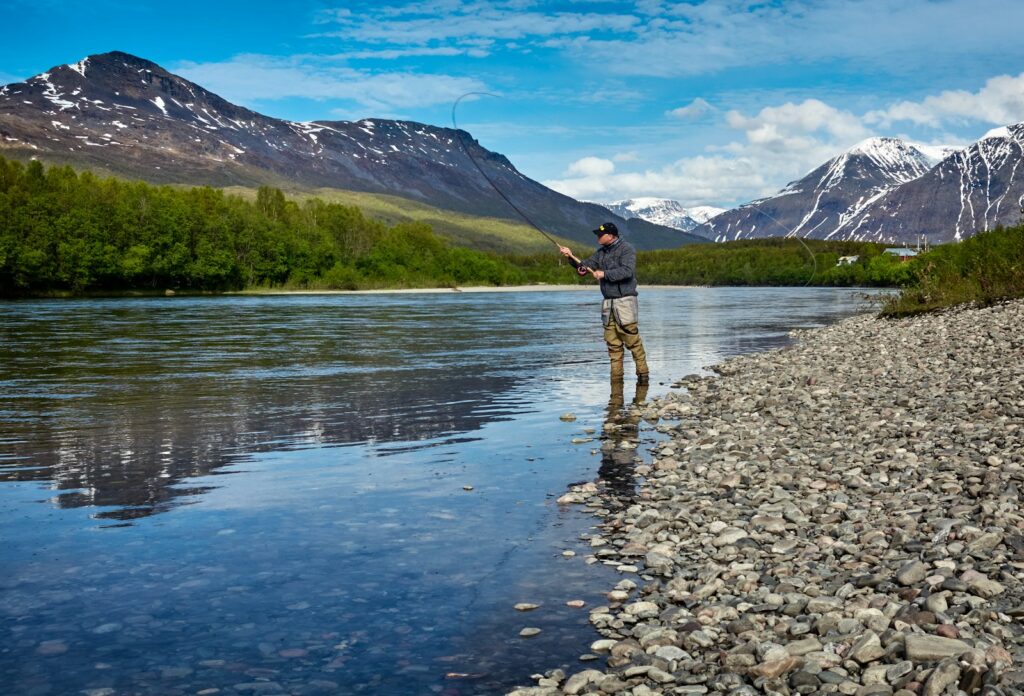
Trout fishing in America’s western mountain streams follows distinct timing patterns influenced by altitude, insect hatches, and seasonal temperature variations. Unlike many fishing environments, midday often provides excellent action on mountain streams, particularly during spring and fall when water temperatures reach ideal ranges during the warmest hours.
Summer pushes prime fishing times toward early morning and late evening as trout become more selective during bright midday hours when water temperatures climb. Seasonal insect hatches create extraordinary fishing windows that may occur at specific times—many legendary mayfly hatches happen during afternoon hours, creating brief but intense feeding frenzies. Winter fishing in these regions becomes highly specialized, with the brief midday warming period between 11am and 2pm often providing the only productive window. Experienced mountain anglers learn to read daily temperature patterns rather than simply watching the clock, adjusting their fishing schedule to match the specific conditions of each stream and season.
Bass Fishing: Time-of-Day Strategies for America’s Favorite Gamefish

Bass fishing timing strategies vary significantly across America’s diverse waterways, though certain patterns remain consistent nationwide. Early morning hours, particularly the first two hours after sunrise, reliably produce aggressive strikes as bass move into shallows to feed before retreating to deeper waters as temperatures rise. Summer evenings extend productive fishing from about two hours before sunset until dark, with topwater action often peaking during the final hour of light.
Seasonal patterns dramatically affect these windows—spring spawning period creates extended activity throughout daylight hours as bass guard nests, while winter concentrates feeding into the warmest midday period. Weather fronts frequently override time-of-day patterns, with approaching storms often triggering feeding frenzies regardless of the hour. Professional bass anglers develop complex timing strategies that combine seasonal patterns, weather influences, and daily light cycles to maximize their success across different tournament venues, demonstrating the sophisticated understanding required for consistent results.
Technology and Tools for Timing Your Fishing Trip
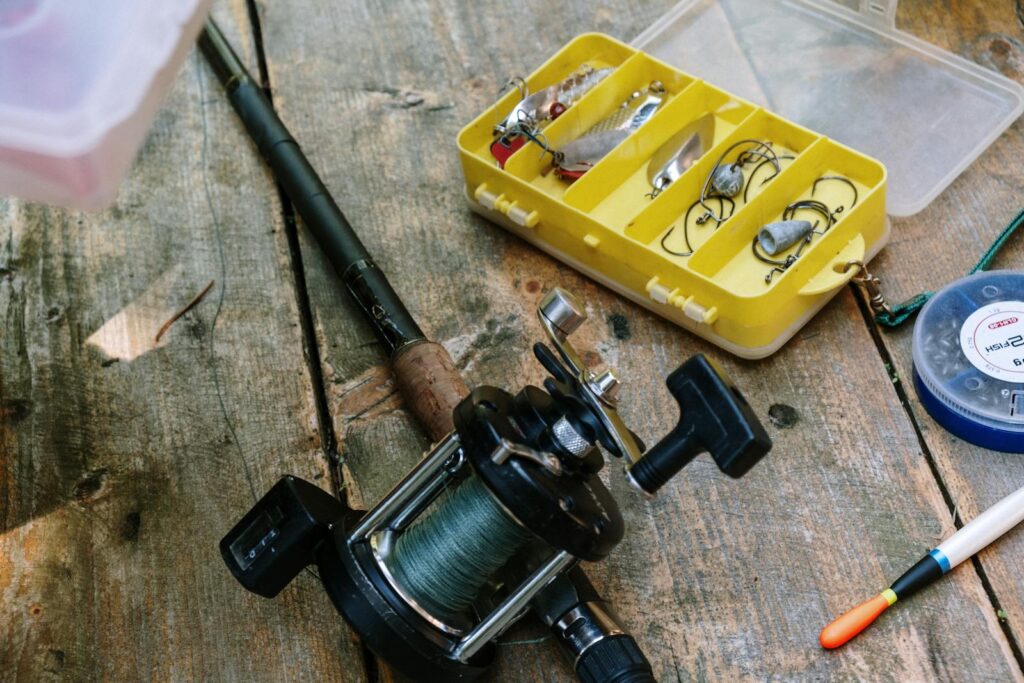
Modern anglers have access to sophisticated technologies that help identify optimal fishing windows with unprecedented precision. Fishing-specific apps like Fishbrain, FishAngler, and BassForecast combine astronomical data, barometric pressure readings, and crowdsourced catch information to predict peak activity periods for specific bodies of water and target species. Solunar tables, which track moon phases and their influence on wildlife behavior, help anglers identify “major” and “minor” feeding periods that occur throughout each 24-hour cycle.
Weather forecasting tools with hour-by-hour predictions allow anglers to plan their outings around ideal conditions and avoid unproductive weather patterns. Some advanced fish finders even incorporate temperature mapping capabilities that help identify thermoclines and temperature gradients that influence fish positioning throughout the day. When these technological tools are combined with traditional knowledge and personal experience, modern anglers can make remarkably informed decisions about when to hit the water for maximum success.
Planning Multi-Day Fishing Trips: Timing Considerations
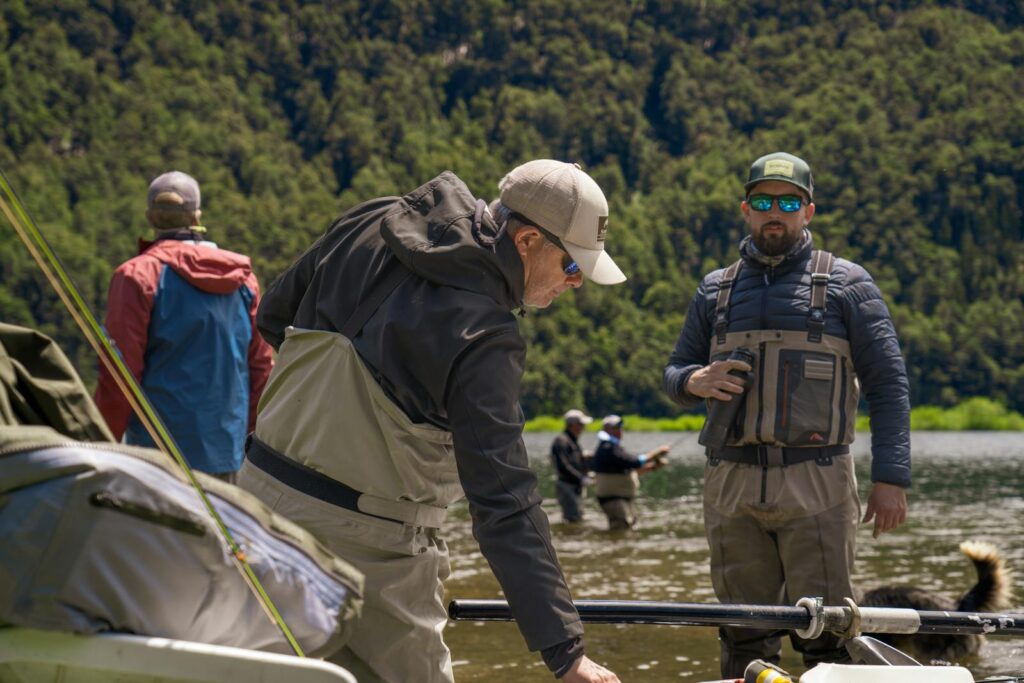
For anglers planning extended fishing expeditions to destination waters, strategic timing becomes even more critical to ensure success. Researching seasonal patterns specific to your target location allows you to schedule your trip during prime windows—like salmon runs in Alaska, tarpon migrations in the Florida Keys, or spawning periods for your target species. Scheduling flexibility within your trip provides insurance against weather disruptions, with at least one morning and evening session planned for each full day to capitalize on these traditionally productive periods.
Consulting with local guides or bait shops before finalizing daily plans helps identify location-specific patterns that might differ from general rules—some lakes develop unique timing patterns based on water flow, structure, or forage availability. Multi-day trips also benefit from diversified fishing plans that include different species or techniques during traditionally slower periods, ensuring productive fishing throughout your vacation rather than just during prime windows.
Conclusion: Mastering the Clock for Fishing Success
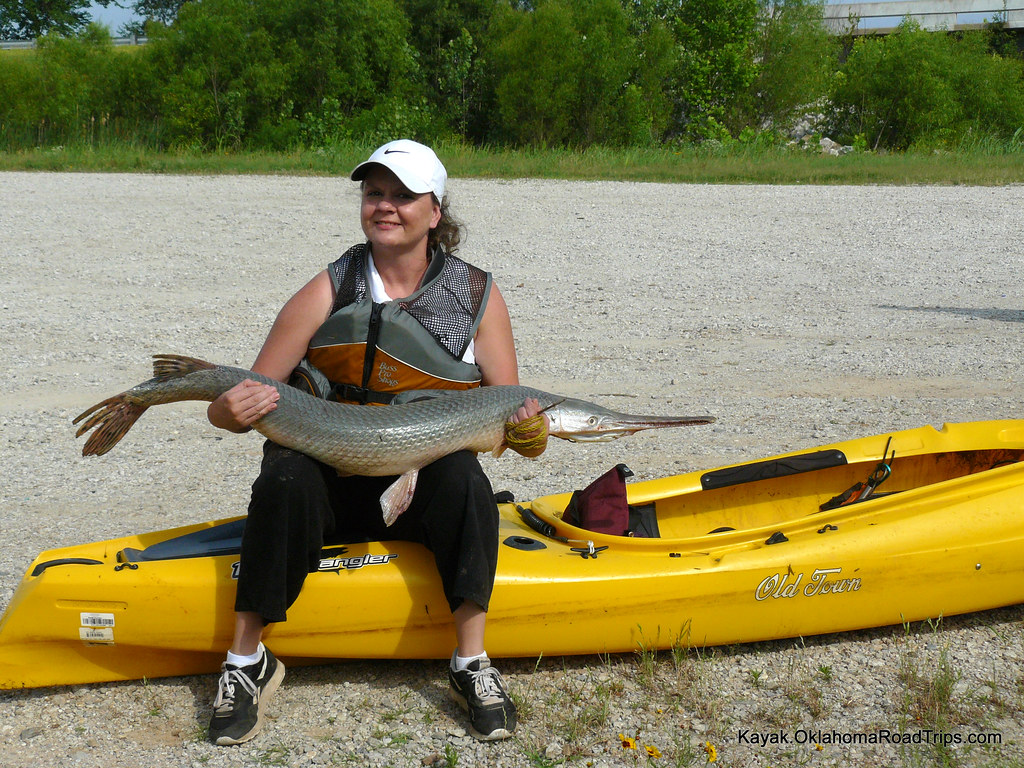
The perfect time to fish ultimately combines universal patterns with local knowledge and current conditions. While dawn and dusk remain consistently productive across most American waters, successful anglers understand that timing strategies must adapt to seasonal shifts, regional differences, and species-specific behaviors. Rather than searching for a single “best time” formula, develop a flexible approach that considers water temperature, light conditions, seasonal patterns, and weather influences for your specific fishing destination.
Record keeping dramatically accelerates this learning process—noting the conditions and timing of your successful outings helps identify patterns specific to your local waters. Remember that being on the water during good-enough conditions will always produce better results than perfect timing spent at home. With experience, you’ll develop an intuitive sense for when fish are most likely to be active in your favorite fishing spots, turning the complex science of timing into practical knowledge that consistently improves your angling success.
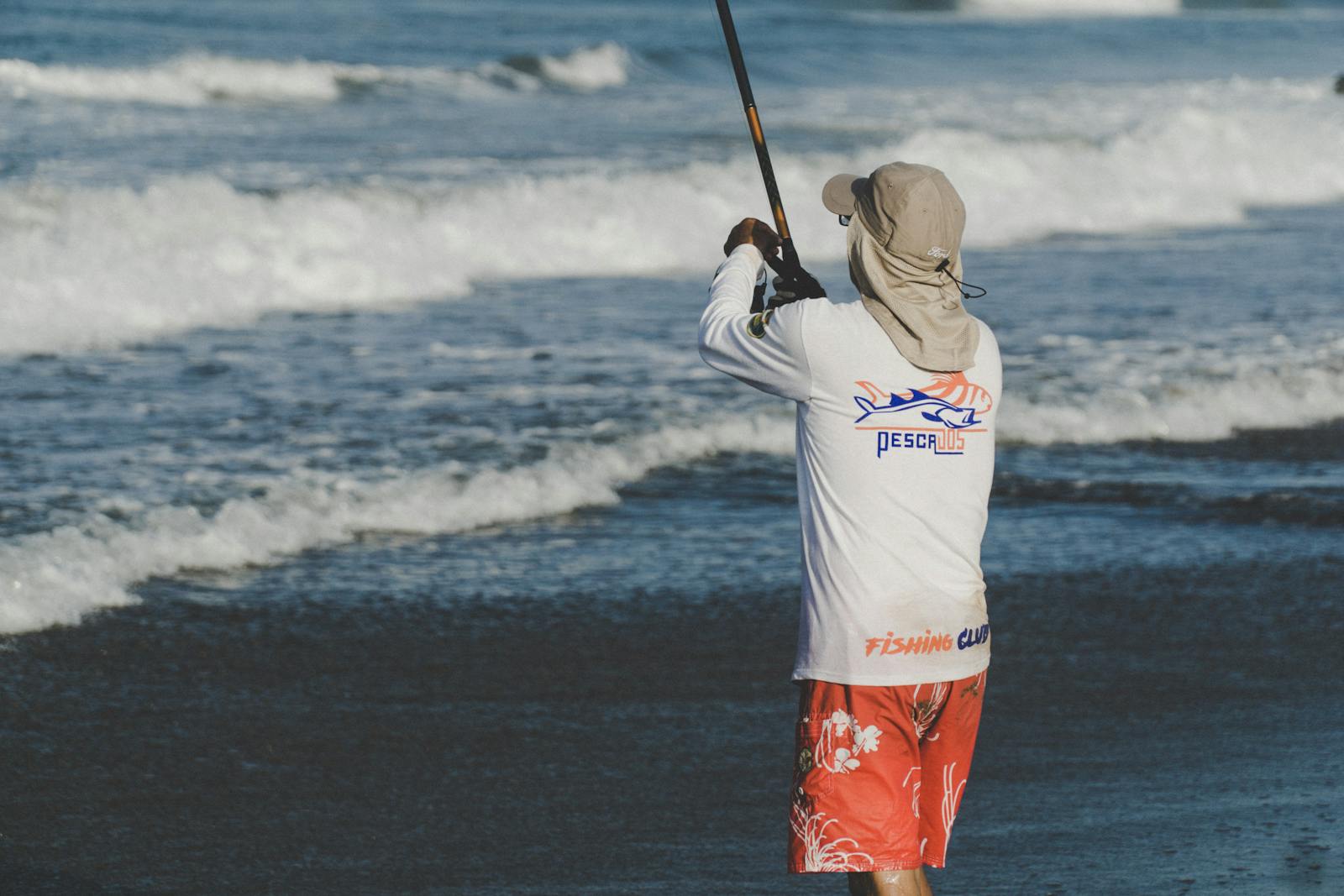

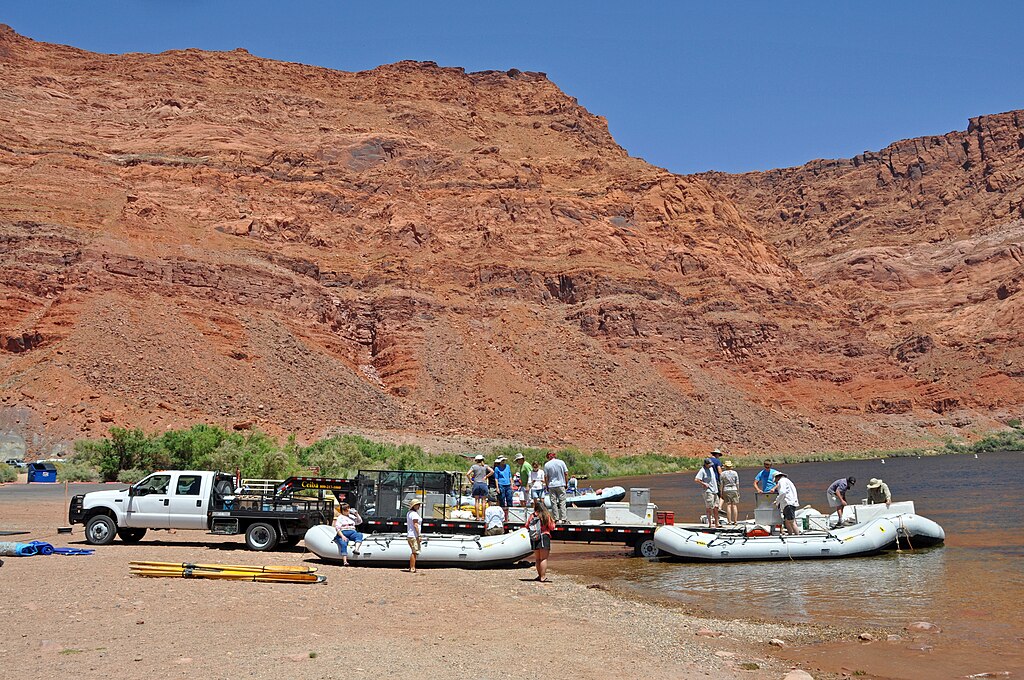











Post Comment